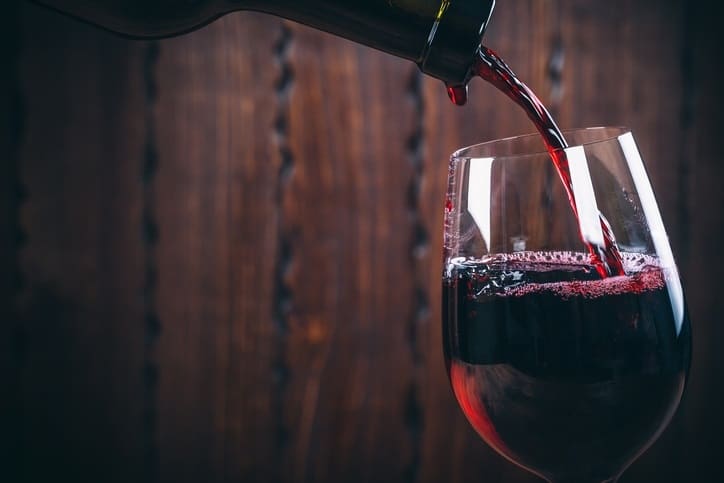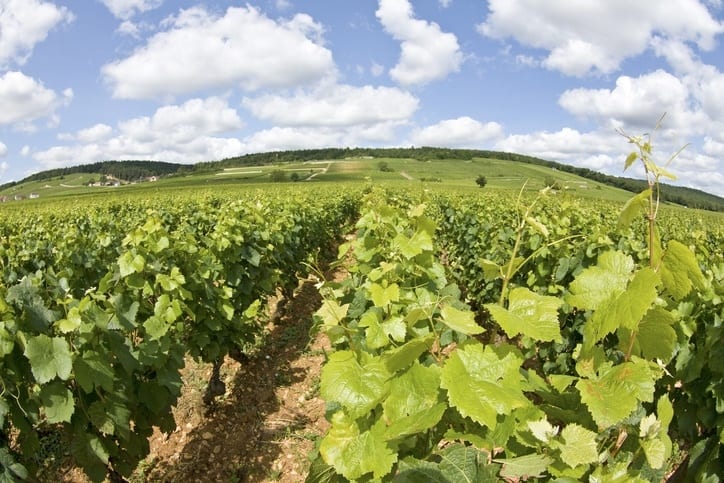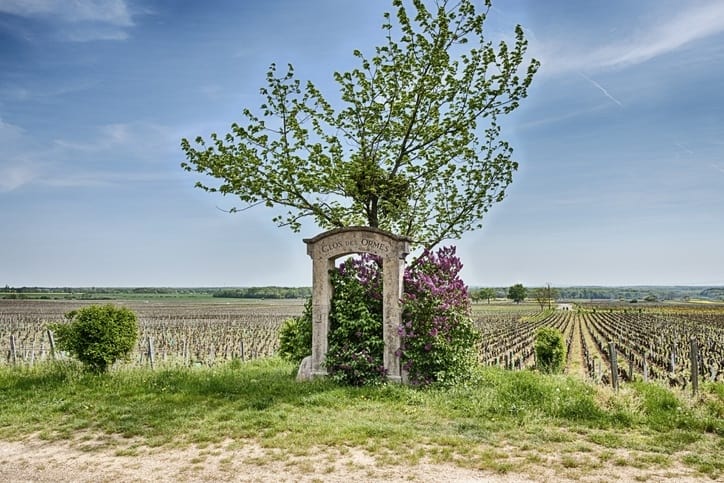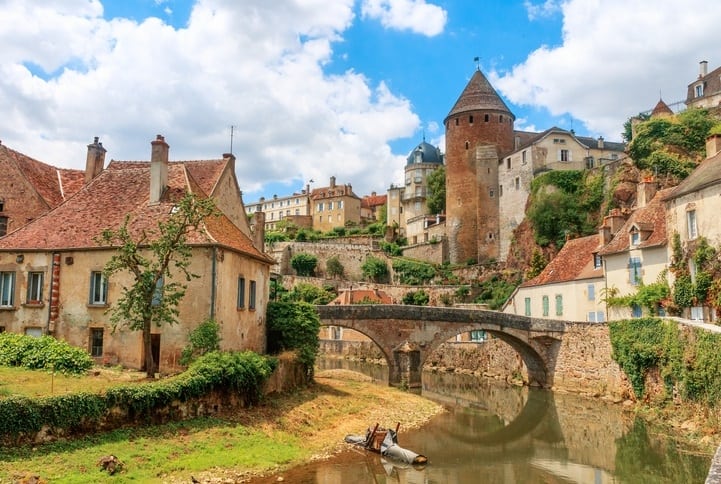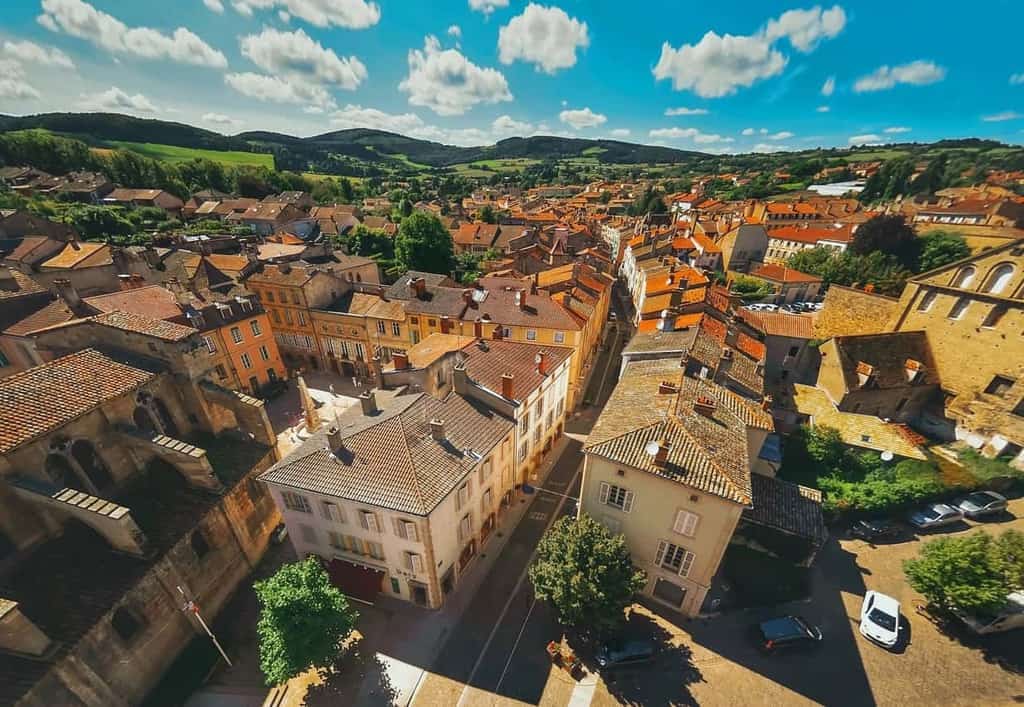Discover France's Burgundy Wine Region
Last Updated on July 1, 2022.
The story of Burgundy begins with the Cistercian monks in the eleventh century, who cultivated vines for hundreds of years in the region. They painstakingly studied and recorded the differences in the wines made from each plot. Eventually, they found which vineyards produced the greatest wines, and established the importance of terroir (terˈwär), a term that is inescapable when talking about Burgundy.
Terroir has no direct, one-word English translation, but the simplest definition is “a sense of place.” Terroir is the totality of every minute variation and influence on the vine – soil type, orientation to the sun, what part of the slope it’s situated on, average temperature, etc.
Monastic control over the vines, however, saw its demise with the French Revolution in 1789. As years went on, the Napoleonic Code of 1804 was passed and further stipulated that all vineyards be inherited equally among all children, resulting in many landowners owning only a few rows of vines today. This led to the rise of négociants – people who buy grapes from multiple growers and make a wine sold under their own label. That being said, the Cistercians’ work and winemaking philosophies still hold true.
Burgundy focuses mainly on two grapes – Chardonnay and Pinot Noir – making it, paradoxically, one of the simplest, yet most complex regions in the world to study. How can the wines of a single Burgundian winemaker differ so much when they’re produced from the same grapes by the same person? The answer lies in the aforementioned term, terroir. Because Burgundian winemakers are using only one white and one red grape for all their wines, the sense of place comes through in each wine and displays the terroir of the vines. This idea and the Cistercians’ meticulous classification of vineyards eventually led to the modern-day classification system of Burgundy.
Classification Levels of Burgundy
There are four classification levels in Burgundy (in ascending prestige): Bourgogne Blanc/Bourgogne Rouge, Village Wine, Premier Cru, and Grand Cru.
Bourgogne Blanc/Bourgogne Rouge, generally speaking, are simpler wines that can be made from Chardonnay or Pinot Noir grown anywhere in the region.
Village Wine is one step up, and all the grapes used in making the wine must come from the stated village on the label. There’s a total of 44 villages in Burgundy, famous examples include Gevrey-Chambertin, Volnay, Puligny-Montrachet, and Meursault.
The next two classifications, Premier Cru (First Growth) and Grand Cru (Great Growth), are designated vineyards that have historically been found to be superior. There are 629 Premier Cru vineyards and only 33 Grand Cru vineyards. All of the grapes used in Premier Cru or Grand Cru wines must come from the stated vineyard.
The Sub-Regions
Geographically, Burgundy is separated into four sub-regions (listed northernmost to southernmost): Chablis, the Côte d’Or (which is further split into the Côte des Nuits and Côte de Beaune), the Côte Chalonnaise, and the Mâconnais.
The most important of which is the Côte d’Or which holds 32 of the 33 Grand Cru Vineyards (24 of which are in the Côte des Nuits, the other eight in the Côte de Beaune). The remaining lone Grand Cru belongs to Chablis. The Côte Chalonnaise and Mâconnais are both sources of some increasingly good values, and a good place to start one’s journey in Burgundian wine. Legally, there is a fifth sub-region, Beaujolais, though it is generally considered separately as it is governed by different restrictions and focuses mainly on the red grape Gamay.
Other elements that contribute to making Burgundian wine distinctive are its northerly latitude, its soil, and winemaking decisions. Burgundy is located in eastern-central France on the 47th parallel, giving it a very cool climate. Its cool average temperatures help the grapes retain their acidity, which is pivotal for an age-worthy and balanced wine. The best vineyards are planted on a particular limestone soil called Kimmeridgian limestone that is scattered with sea fossils from the Kimmeridgian period. The limestone has good drainage and gives the wines their characteristic minerality.
Lastly, Burgundian winemakers generally don’t use new oak for simple, inexpensive wines, but often do for Premier Cru and Grand Cru grapes that are concentrated enough to withstand oak flavors.
Additionally, the grapes Aligoté and Gamay are also grown here, but Aligoté is grown only in minor amounts and sold as Bourgogne Aligoté (an increasingly good value). Gamay is grown only in the sub-region of Beaujolais.
It’s also worth noting that some Burgundian winemakers make Champagne Method sparkling wines sold as Crémant de Bourgogne, which are an affordable alternative for lovers of Champagne.
Burgundy Sub-Regions:
-
- Chablis
- Côte d’Or, further split into:
- Côte de Nuits
- Côte de Beaune
- Mâconnais
- Côte Chalonnaise
- Beaujolais (Technically part of Burgundy, but generally considered separately)
Grapes Varieties of Burgundy:
-
- Chardonnay
- Pinot Noir
- Aligoté (minor grape, sold as Bourgogne Aligoté)
- Gamay (Grown only in Beaujolais)
Written By Jordan Whitney
Jordan Whitney is a certified sommelier and wine writer based in Chicago, IL. He is currently the Assistant Sommelier at Proxi in Chicago’s West Loop.
More Ways To Explore and Learn About Burgundy
Discover the Chablis Wine Region and Wine Style
The Story of Maison Joseph Drouhin
